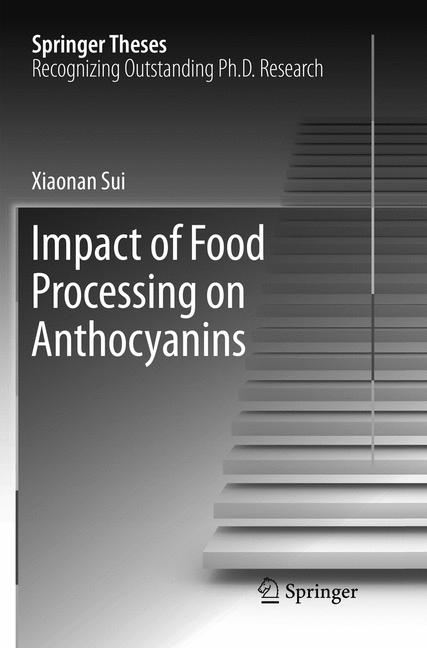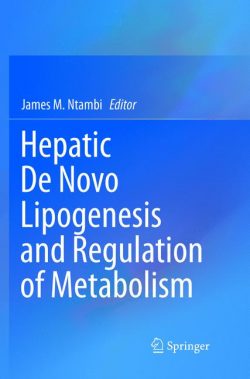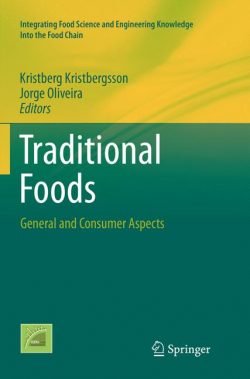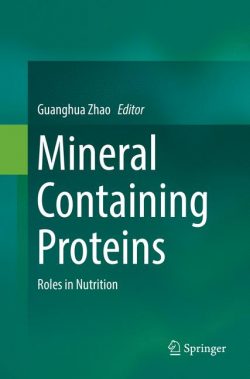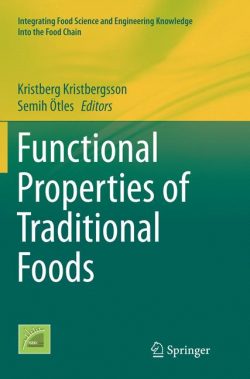This thesis studies the impact of food processing on the stability and antioxidant capacity of anthocyanins in aqueous and real food systems. It investigates the effects of temperature and pH on the stability and antioxidant capacity of anthocyanins in aqueous systems and in real semi-solid and solid food systems including bread and biscuits. The results of this thesis offer food manufacturers valuable guidelines on the production of functional foods containing anthocyanins, helping to reduce anthocyanins loss and achieve a desired amount of anthocyanins in foods with extra health benefits.
Introduction.- Literature Review.- Monte Carlo Modelling of Non-Isothermal Degradation of Two Cyanidin-Based Anthocyanins in Aqueous System at High Temperatures and its Impact on Antioxidant Capacities.- Combined Effect of pH and High Temperature on the Stability and Antioxidant Capacity of Two Anthocyanins in Aqueous Solution.- Changes in the Color, Chemical Stability and Antioxidant Capacity of Thermally Treated Anthocyanin Aqueous Solution Over Storage.- Anthocyanins During Baking: their Degradation Kinetics and Impacts on Color and Antioxidant Capacity of Bread.- Bread Fortified with Anthocyanin-rich Extract from Black Rice as Nutraceutical Sources: its Quality Attributes and In Vitro Digestibility.- Anthocyanins as Functional Ingredients in Biscuits: Their Stability, Antioxidant Capacity, and Preventive Effect on Retarding Lipid Oxidation.- In Vitro and In Silico Studies of Anthocyanins Against Pancreatic A-Amylase.- Conclusions and Recommendations.
This thesis studies the impact of food processing on the stability and antioxidant capacity of anthocyanins in aqueous and real food systems. It investigates the effects of temperature and pH on the stability and antioxidant capacity of anthocyanins in aqueous systems and in real semi-solid and solid food systems including bread and biscuits. The results of this thesis offer food manufacturers valuable guidelines on the production of functional foods containing anthocyanins, helping to reduce anthocyanins loss and achieve a desired amount of anthocyanins in foods with extra health benefits.

